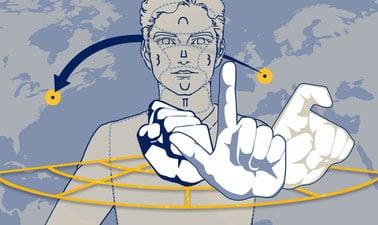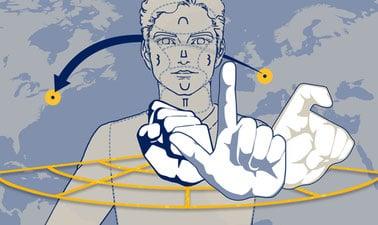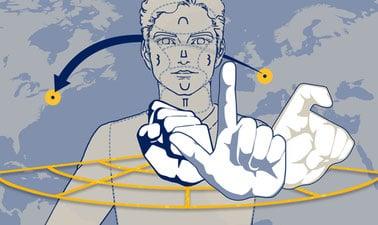Sign Language Science: Factors Contributing to Natural Change (edX)
Categories
Effort
Languages
This course describes how we use historical data to demonstrate language change. While earliest indications suggest that the origin of a signed language began as a gestural form, it has evolved as it was handed down.
Self Paced



